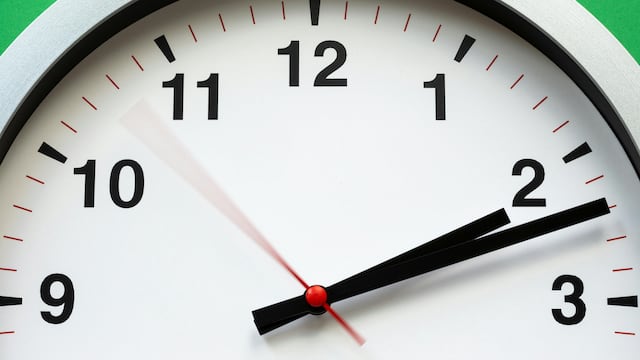It’s almost that time of year again when Daylight Saving Time (DST) in the United States will come to an end, and clocks will be set back one hour.

When does the time change this year? Daylight Saving Time 2025
The second time change of 2025 is getting closer, as Daylight Saving Time, the seasonal shift that extends evening daylight, will soon finish.
In most of the U.S., the clocks change twice a year: once when Daylight Saving Time begins and again when it ends, returning to Standard Time. While there are still several weeks to go before the shift, the days are already growing shorter, and before long Americans will be setting their clocks back again this year.
The exact date for the 2025 time change
The start and end dates for Daylight Saving Time in the U.S. vary slightly each year. It always begins on the second Sunday in March. This year, the clocks moved forward on Sunday, March 9, 2025.
Daylight Saving Time then runs for eight months before reverting in November. In 2025, the shift back to Standard Time will happen on Sunday, Nov. 2, at 2 a.m.
This means clocks will be set back one hour, giving those who observe the change an “extra” hour of sleep. For some, the drawback is an earlier sunset, meaning less light in the evening and more hours of darkness at night. On the flip side, mornings will be brighter.
Most people won’t need to adjust anything manually, since phones, computers, and most digital devices update automatically at 2:00 a.m. Looking ahead, Daylight Saving Time in 2026 will begin on Sunday, March 8, and end on Sunday, November 1.
Parts of the U.S. that don’t change their clocks
While the vast majority of the United States observes the time change twice a year, some areas stay on Standard Time year-round.
Hawaii and most of Arizona do not observe Daylight Saving Time. The same goes for U.S. territories in the Pacific and Caribbean, including Puerto Rico, the U.S. Virgin Islands, the Northern Mariana Islands, Guam, and American Samoa.
Arizona initially adopted Daylight Saving Time in 1918, but opted out in 1968. The only part of the state that still observes it is the Navajo Nation in the northeast.
Related stories
Get your game on! Whether you’re into NFL touchdowns, NBA buzzer-beaters, world-class soccer goals, or MLB home runs, our app has it all.
Dive into live coverage, expert insights, breaking news, exclusive videos, and more – plus, stay updated on the latest in current affairs and entertainment. Download now for all-access coverage, right at your fingertips – anytime, anywhere.


Complete your personal details to comment